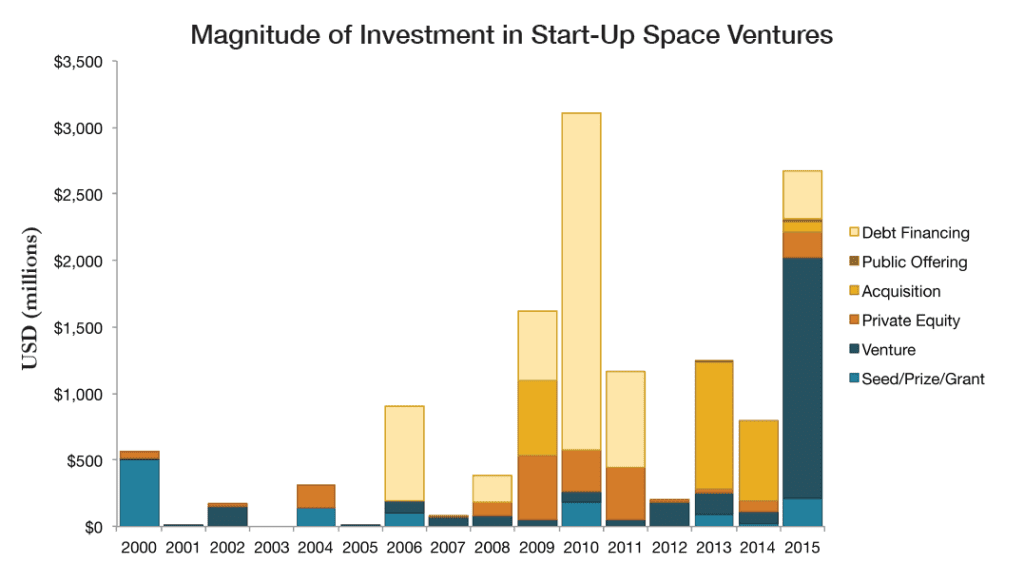You don’t need a fortune to start building wealth through investing. Even with just $100, you can take the first steps towards your financial goals. Here’s how to get started:
Define Your Goals: The Roadmap to Smart Investing
Before you start investing, it’s crucial to map out your financial destination. Ask yourself these key questions:

- When do I need this money?
- Short-term goals (under 5 years): If you’re saving for a down payment, vacation, or emergency fund, you’ll want safer investments that prioritize protecting your principal. Examples include high-yield savings accounts, CDs (Certificates of Deposit), or short-term bonds.
- Long-term goals (5 years or more): Retirement, your child’s education, or other long-term objectives offer flexibility for growth-oriented investments. Stocks, index funds, and ETFs are potential options since they have the time to recover from market swings.
- How much risk am I comfortable with?
- Low-risk tolerance: If market fluctuations make you nervous, consider more conservative investments like bonds or savings products. However, understand that you may sacrifice higher potential returns.
- Moderate-risk tolerance: A balance of stocks and bonds might be appropriate if you’re willing to accept some short-term volatility in exchange for the potential of greater gains over time.
- High-risk tolerance: If you’re an aggressive investor with a long time horizon, you might consider a portfolio that’s heavily focused on stocks for the potential of maximum returns.
Key Takeaway: Understanding your timeline and risk tolerance is essential for choosing investments that align with your needs. Don’t skip this step – it will set you up for smart investing from the beginning.
2. Open an Investment Account: Your Gateway to the Market
Once you have a sense of your investing goals, it’s time to find a platform that suits your needs. Two popular options for beginner investors are:

- Robo-advisors: These are an excellent starting point for hands-off investing. Some popular choices include Betterment, Wealthfront, and Acorns. Here’s how they work:
- Answer a questionnaire: You’ll provide details about your financial goals, timeline, and risk comfort level.
- Automated portfolio: The robo-advisor uses algorithms to create a diversified portfolio of low-cost ETFs tailored to your profile.
- Ongoing management: The platform automatically rebalances your portfolio and may offer features like tax-loss harvesting.
- Online Brokers: If you want more control over your investments, consider an online broker like Charles Schwab, Fidelity, or TD Ameritrade. They provide:
- Range of choices: Trade individual stocks, bonds, ETFs, mutual funds, and more.
- Research tools: Access to market data, analyst reports, and educational resources to guide your decisions.
- Flexibility: You build your own portfolio and make all the buy/sell decisions.
Key Factors to Consider:
- Minimum Investment: Make sure the platform’s minimum account opening requirement fits your starting budget (some robo-advisors have no minimums!).
- Fees: Look for low trading commissions, management fees, and no inactivity fees. These costs eat into your returns.
- Educational Resources: Helpful tools and articles make learning about investing easier, especially for beginners.
Focus on starting: The most important thing is to open your account and start investing. You can always switch platforms later as your knowledge and portfolio grow.
3. Choose Your Investments: Building Your Portfolio
With your investment account open, it’s time for the exciting part – deciding what to buy! Here are two excellent options for new investors with limited funds:
- Fractional Shares: The Power of Small Pieces
- Own high-priced stocks: Want to invest in companies like Amazon or Google but don’t have thousands of dollars? Fractional shares let you buy a portion of a single share.
- Diversify on a budget: Build a diverse portfolio by owning small pieces of multiple companies across different sectors.
- Where to find them: Many online brokerages offer fractional share trading.
- Index Funds or ETFs: Instant Diversification
- Market mirroring: These funds track a specific market index, like the S&P 500, effectively owning a basket of stocks in a single investment.
- Wide exposure: Owning an S&P 500 index fund gives you instant ownership in 500 of the largest U.S. companies.
- Beginner-friendly: They require minimal research and are ideal for a “buy and hold” strategy.
4. Start Small and Be Consistent: The Magic of Compound Growth
One of the most powerful investing principles is the magic of compound growth. Even small amounts invested consistently can snowball into significant wealth over time.
- The Power of Regular Contributions: Let’s say you start investing just $50 a month. After 20 years, with an average 7% return, you’d have over $28,000! Increase that to $100 a month, and the amount nearly doubles.
- Automate Your Success: Set up automatic transfers from your bank account to your investment account. This removes decision fatigue and ensures you pay yourself first.
- Don’t Time the Market: Trying to predict when to buy and sell is incredibly difficult. Time in the market matters more than timing the market.
Key Takeaway: It’s not how much you start with, but the habit of regular, consistent investing that propels long-term growth. Start investing now, even with a small amount, and let the power of time work in your favor.
Don’t Panic Sell: Weathering Market Storms
Market fluctuations are a natural part of investing. There will be times when your investments go down, sometimes even significantly. This is where your earlier goal-setting comes in handy.
- Remember Your Timeline: If you have a long-term investment horizon, short-term dips shouldn’t derail your plans. Historically, the stock market has always recovered from downturns over time.
- Emotional Investing Is Risky: Panic selling when the market drops often locks in your losses. If you stay invested, you give your portfolio a chance to rebound.
- Downtimes Can Be Opportunities: While it may seem counterintuitive, market dips can offer a chance to buy quality investments at lower prices.
Key Takeaway: Resisting the urge to sell when things get bumpy is critical for successful long-term investing. Focus on your goals, not on short-term fluctuations, and remember that patience is often rewarded in the stock market.
Additional Tips
- Start an Emergency Fund: Before investing, make sure you have some cash set aside for unexpected expenses.
- Educate Yourself: Learn the basics of investing through books, blogs, or online resources.
It’s Never Too Late (or Too Early) to Start
The most important thing is simply to start! Even with $100, you’re taking control of your financial future.





